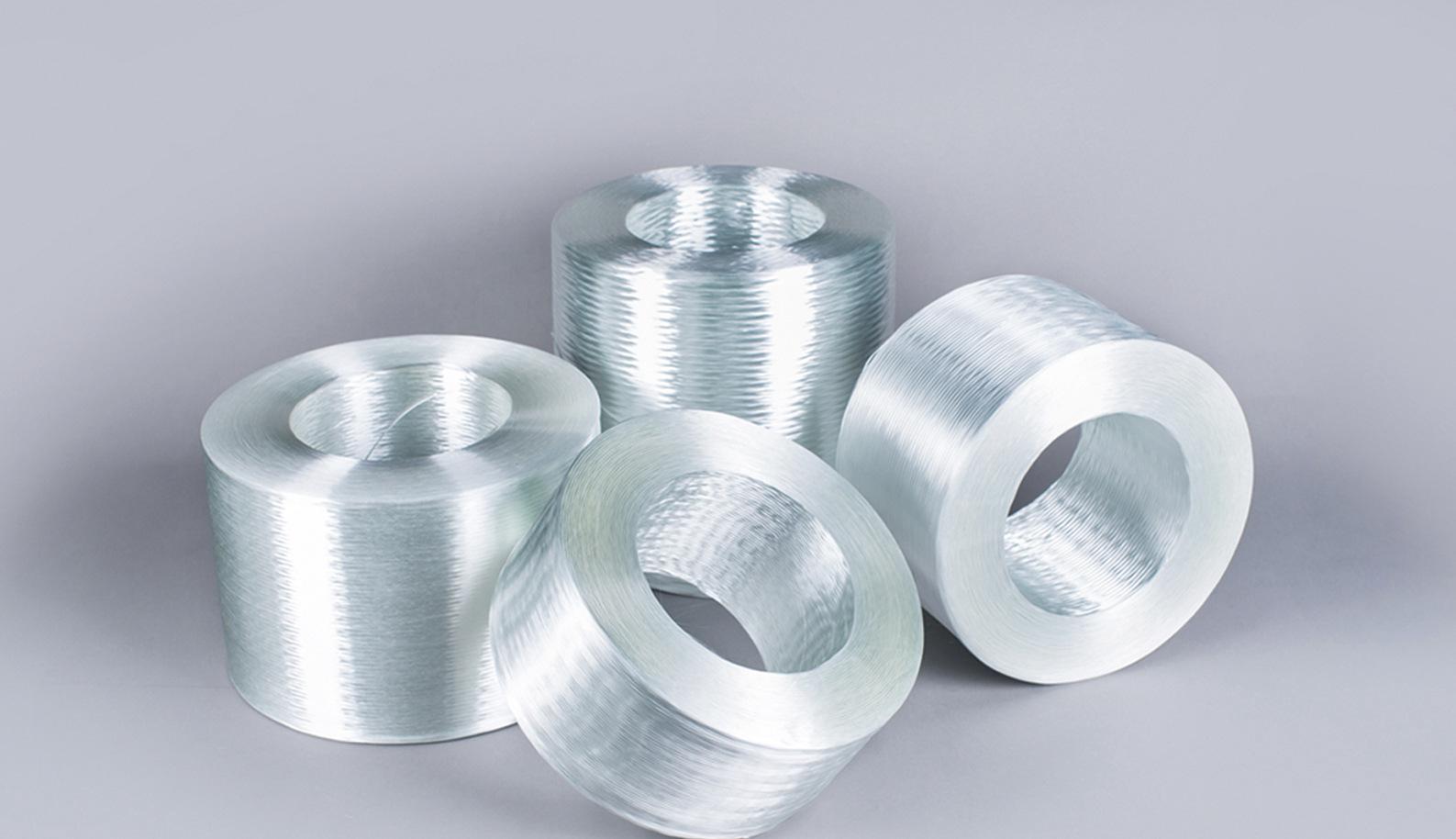Asbestos and fiberglass are both fibrous minerals composed of extremely thin fibers. What is the difference between asbestos and fiberglass.

The fiberglass is considered safer than asbestos, thanks to its excellent performance in thermal environments and higher tensile strength. It is generally considered safe when installed properly. Fiberglass was first commercially synthesized in the 1930s and have become one of the most versatile and widely disseminated materials of today’s culture. Fiberglass is a man-made material while asbestos is a naturally occurring mineral composed of thin fibers. However, due to the potential health risks caused by asbestos, its use is banned in many countries.
What is asbestos?
Asbestos is a general term for natural fibrous siliceous minerals. It is a silicate mineral fiber widely used in building material fireproof boards. It is also the only natural mineral fiber with good tensile strength and good heat insulation It is widely used because of its anti-corrosion and non-flammability.
What is fiberglass?
Fiberglass/Glass fiber is an inorganic non-metallic material with excellent performance. The diameter of glass fiber monofilaments ranges from a few micrometers to more than 20 meters micrometers, which is equivalent to 1/20 – 1/5 of a hair filament. Each bundle of fiber filaments consists of hundreds or even thousands of monofilaments. It is generally used as a reinforcement material in composite materials, electrical insulation materials and thermal insulation materials, circuit boards, etc., which are widely used in various fields of the national economy.
1. Different materials:
Glass fiber is an inorganic non-metallic material with excellent performance. Asbestos is a general term for natural fibrous silicate minerals.
2. Different acid resistance:
Asbestos has acid resistance, alkali resistance and heat resistance, and is also a poor conductor of heat and electricity. Among them, serpentine asbestos zd has good alkali resistance, and is hardly corroded by alkalis, but it has poor acid resistance. Very weak organic acids can precipitate magnesium oxide in asbestos and reduce the strength of asbestos fibers.
Glass fiber is generally corroded only by concentrated alkali, hydrofluoric acid and concentrated phosphoric acid.
3. Different tensile strength:
The axial tensile strength of asbestos fiber is relatively high, sometimes made of asbestos fiber can reach 374 × 10 ^ 4kg/m², but it is not resistant to wrinkling. After several wrinklings, the tensile strength drops significantly.
The biggest weight characteristic of glass fiber is its high tensile strength. The tensile strength is 6.3 – 6.9 g/d in the standard state and 5.4 – 5.8 g/d in the wet state. Density 2.54g/cm³. Good heat resistance, no effect on strength when the temperature reaches 300 ºC.

